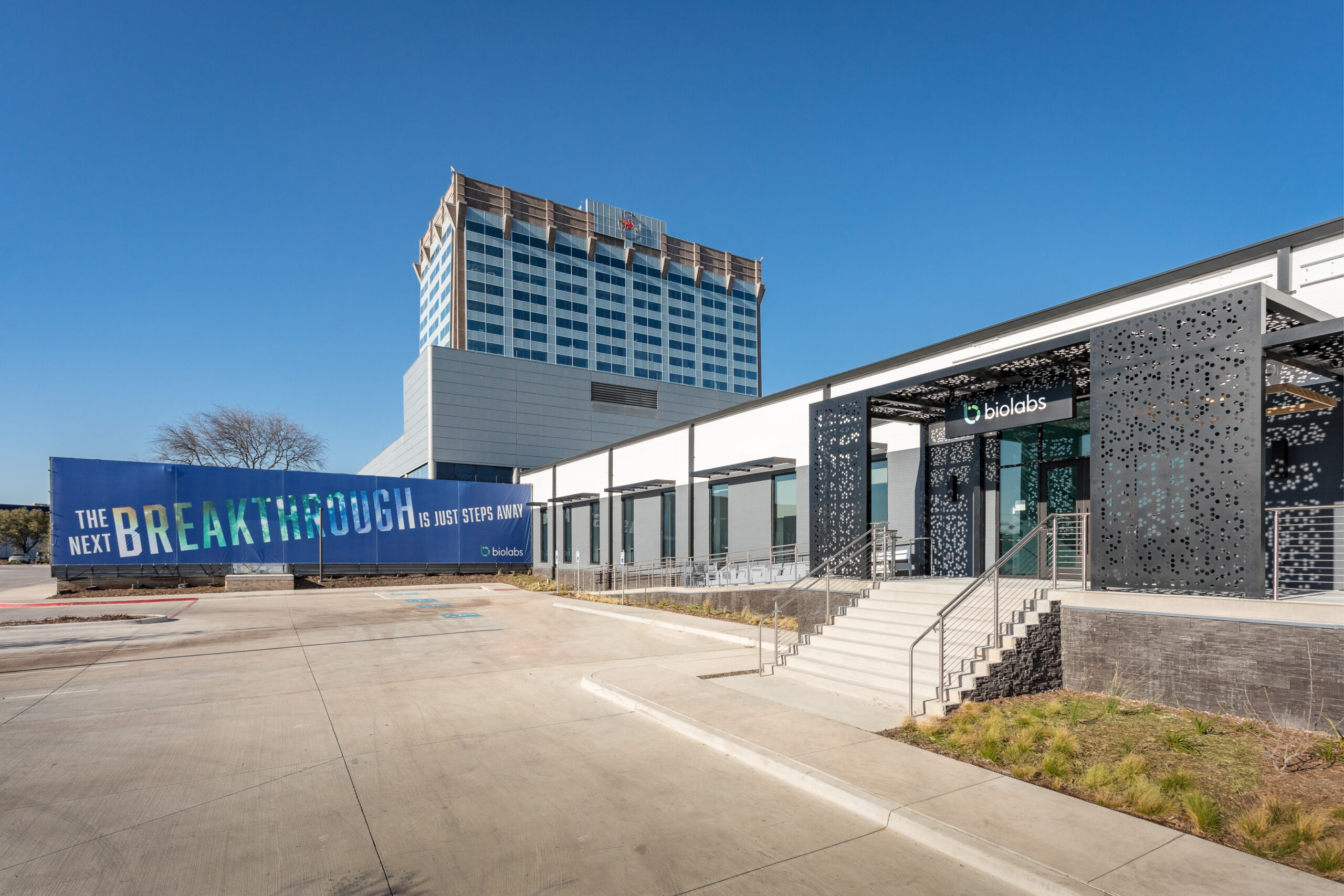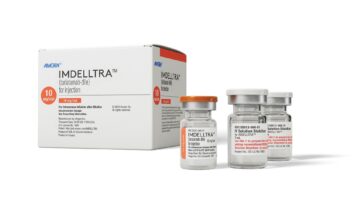Last week Surescripts released its annual report on the state of e-prescribing.
I think you’ll find the summary quite valuable as it illustrates the impact of Meaningful Use Stage 1 on providers and the industry. Here are the high points from the report:
Meaningful Use
- By the end of 2011, 58% of office-based physicians in the United States had adopted electronic prescribing – vs. less than 10% a little more than 3 years prior.
- Research suggests that the federal incentives for meaningful use of e-prescribing are well founded.
- As physicians gain more experience with e-prescribing, the data shows that they use it more.
- Prescribers who began e-prescribing in 2008 showed a 4X increase in e-prescriptions sent between 2008-2011.
- In the case of prescribers who adopted e-prescribing in 2008, the majority have met the standard for the Stage 1 Meaningful Use e-prescribing measure – over a third have already met the proposed 2014 Edition Meaningful Use measure.
Physician Adoption
Primary care docs have achieved high levels of adoption.
- Internists (81%)
- Family practitioners (75%)

BioLabs Pegasus Park Cultivates Life Science Ecosystem
Gabby Everett, the site director for BioLabs Pegasus Park, offered a tour of the space and shared some examples of why early-stage life science companies should choose North Texas.
Eleven different specialties have achieved adoption rates of 60 percent or more, including:
- Endocrinologists (78%)
- Cardiologists (76%)
- Gastroenterologists (69%)
- Urologists (68%)
- Opthalmologists (67%)
Contradicting many survey-based studies on health IT adoption, the report shows e-prescribing adoption is highest among smaller practices:
- 6 to 10 physicians (55%)
- 2 to 5 physicians (53%)
In 2011, the most significant growth in physician adoption of e-prescribing occurred among and solo practitioners – from 31% in 2010 to 46% in 2011.
Overall E-Prescribing Use
- The number of electronic prescriptions in 2011 grew to 570 million, up from 326 million e-prescriptions in 2010.
- By the end of 2011, an estimated 36% of prescriptions dispensed were routed electronically, up from 22% at the end of 2010.
- Electronic responses for prescription benefit information grew 87% in 2011.
- Electronic medication history deliveries increased 72% in 2011.
- Approximately 31% of patient visits generated an electronically delivered medication history in 2011.
Medication Adherence
In 2011, Surescripts partnered with PBMs and retail pharmacies to compare the effectiveness of e-prescriptions and paper prescriptions on first fill medication adherence.
The data showed a consistent 10% increase in patient first fill medication adherence (i.e., new prescriptions that were picked up by the patient) among physicians who adopted e-prescribing technology.
The analysis suggests that the increase in first fill medication adherence combined with other e-prescribing benefits could, over the next 10 years, lead to between $140 billion and $240 billion in health care cost savings and improved health outcomes.
Thanks to Surescripts for doing this research. It’s clear that the trajectory for e-prescribing is very positive.














